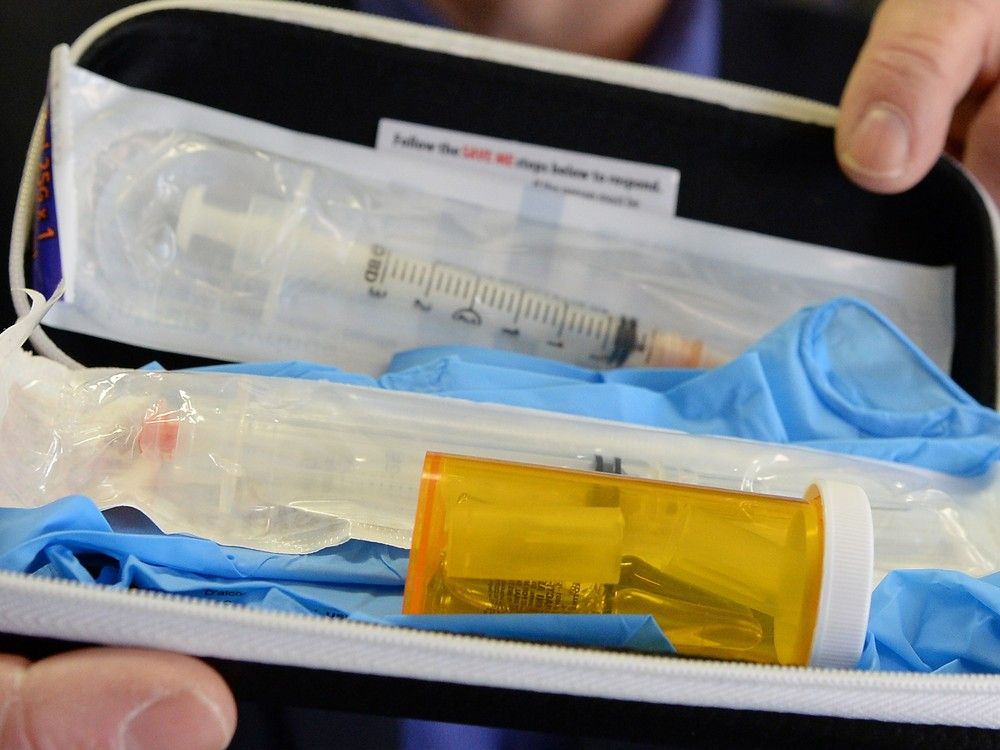
The skull means “I’m dying laughing”.The blue freezing face means “Cold – as in the slang kind of cold”.The smiley face with the little arches for eyes means “Anxious”.
if(window.adverts) { window.adverts.

addToArray({"pos": "inread-hb-ros-inews"}); }The quarter face with a finger pointing to the cheek means “Better than you”.The stone, Easter Island-ish figure means “Literally anything. It’s very hard to describe.
”These are the emojis and translations my 13 year old son offers when, spurred into action by the debate that has arisen around the Netflix drama Adolescence, I ask him to give me some examples of how online icons are being used by his generation.In one episode of the limited series, a police officer’s son reveals that his father has been interpreting online messages between a murder victim and her killer all wrong because he doesn’t understand how the young have repurposed emojis for their own use.if(window.
adverts) { window.adverts.addToArray({"pos": "mpu_mobile_l1"}); }if(window.
adverts) { window.adverts.addToArray({"pos": "mpu_tablet_l1"}); }Obviously, I suspect there are many more examples my son could have given me and that these are the most innocuous tip of an iceberg that becomes much more disturbing as you go down.
But even these are emblematic of the gulf between us.For a start, I don’t have all the emojis he sends. I only have the basic ones that arrived on my phone when I got it years – centuries in tech terms – ago.
I am vaguely aware that you can download others, but how? And why would I? I just need the crying face and grimace to use in my messaging and the aubergine and fireworks for the friend who has just started a new relationship with a man 15 years her junior. I might ask my son if there’s an emoji for “Could you send slightly less detail please” if the ecstatic WhatsApping doesn’t stop soon, but essentially I’m emoji-ly fine.#color-context-related-article-3600414 {--inews-color-primary: #3759B7;--inews-color-secondary: #EFF2FA;--inews-color-tertiary: #3759B7;} Read Next square STEFANO HATFIELD I'm a teacher - Adolescence is making parents realise young men are in big troubleRead MoreThe skull – fine, I get that.
I think that’s used in the wider world by adults too. The cold face I understand. “That’s cold” meaning “That’s brutal” in an emotional sense I may have even used (in speech) myself.
Both are within my ken. “Better than you” I’m going to say is the pictogram equivalent of a boy’s friendly shove of another’s shoulder.But why has there been a need to repurpose a face for anxiety? What does that say about our youngsters that this has been necessary? But it makes sense, when I think how many friends I have who have been wrestling with exactly that in their children, especially girls, especially since lockdown.
There it is, third in his quick list of examples. Indicative of its prevalence in his messages? Or just a chance placement, the result of mentally running through a much greater list and stripping out anything he doesn’t want his mother knowing about?The stone face? I will try to chisel more details out of him after his school trip. But it enshrines the problem and the fear that we all have at some level around our children’s use of technology and that formed the basis of the Adolescence drama – that it gives them the ability to live a life completely away from us.
To build a network of unseen friends, develop a language – a language! – amongst themselves and live an entire second life alongside the meatspace one we live in with them, in which anyone can reach and influence them, in which the algorithm can and will – because that’s exactly what it was designed to do – feed them more of anything they appear to be interested in. The days when you might peek at a dirty magazine then put it back in whoever’s collection you found it are long gone. A moment of hormonal curiosity on the internet will result in a cascade of material that you may or may well not actually want to see.
But there is no going back.My husband and I know nothing, and I mean nothing, about technology. We have never put any filters or restrictions on anything.
We know from friends that it is pretty pointless anyway – anything parents are capable of doing, children are able to find the workaround for. All we could do is hold out until he was 11 before we allowed him a phone and put his computer in my study so that I am either working there as he plays games or does his homework on it, or in and out at any time – no knocking (it is MY study), no privacy.if(window.
adverts) { window.adverts.addToArray({"pos": "mpu_mobile_l2"}); }if(window.
adverts) { window.adverts.addToArray({"pos": "mpu_tablet_l2"}); }But of course it is the phone that is the real conduit to evil, the real enemy.
I do wish we had held out longer. I wish now we had had the strength of will to forbid it entirely, as one – only one – mother I know has, whose son still has a non-smartphone at 14.All I can do now is attack from the other end.
I talk about pornography in simple terms. I tell him that whatever it looks like, the women are not enjoying it. I tell him that if women have a free choice and control over their lives they generally do not end up having sex for money or for show.
I tell him there is footage of Andrew Tate beating a 14 or 15-year-old “girlfriend” and that people will defend those abusing them if they have been psychologically manipulated or live in fear of abuse. I tell him about coercion, trafficking and all the terrible rest of it.We can’t stop our children, our teenagers looking for things, coming across things, seeing things the algorithm sends them.
But we can educate them about what they are really watching. We can make their consumption not mindless. We can disrupt many narratives they are being fed, if we are honest – brutally [cold face] so.
We know what’s out there. We have to admit it to ourselves and bring it into real life conversation, speak the words our children need to hear. We have a language of our own too.
We just need to be brave enough to use it..















